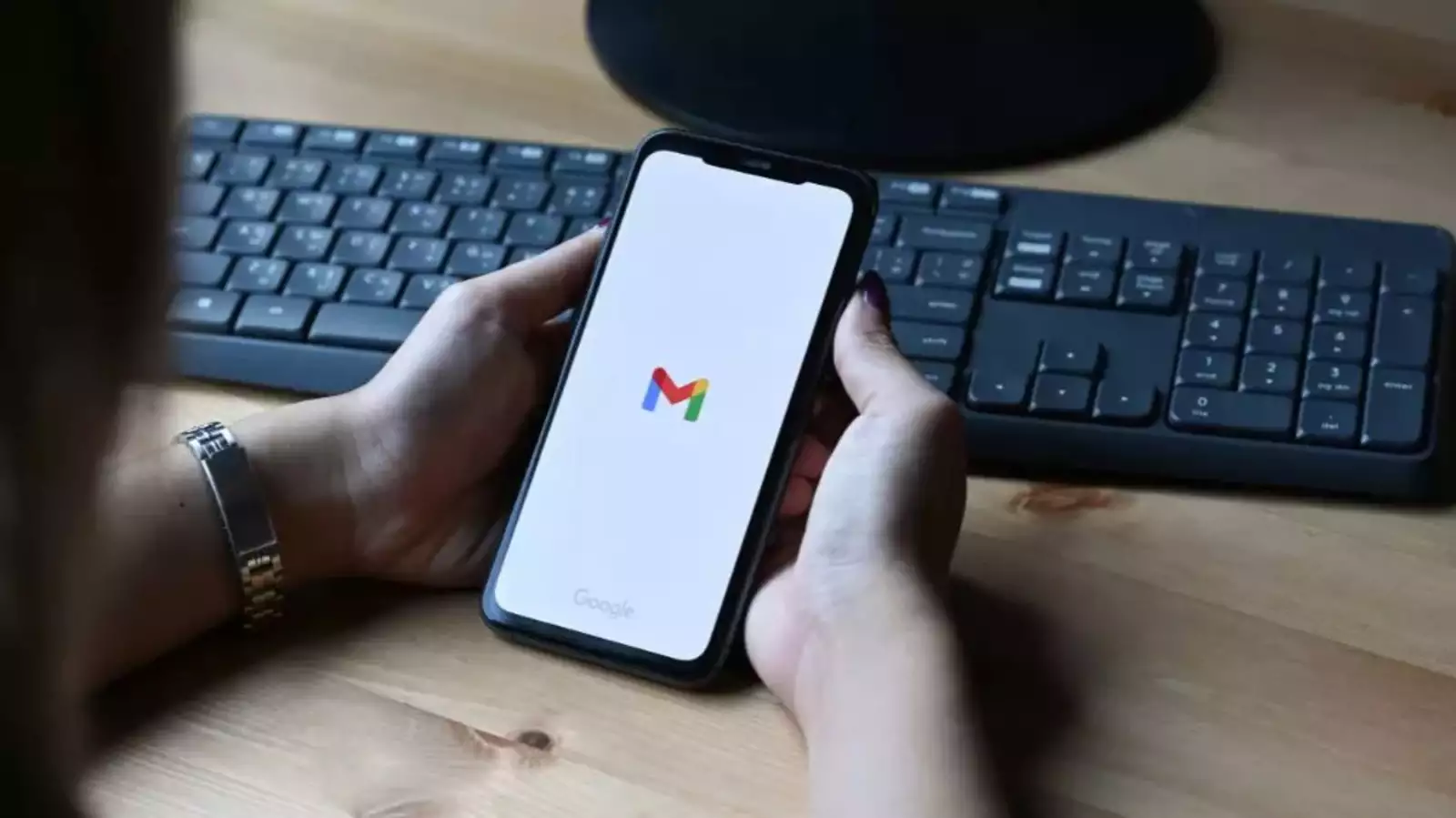How to Check for Hidden Issues When Buying a Used Phone

In today’s fast-paced world, owning a smartphone has become essential. Many people in India are turning to the second-hand market to buy used phones, as this offers significant savings compared to purchasing new devices. However, buying a second hand phone comes with its own set of challenges, especially when it comes to identifying hidden issues that could affect the phone’s performance. This guide will help you navigate the process and ensure you make a wise investment.
1. Research Before You Buy
Before you start searching for a used phone, take some time to research the specific model you’re interested in. Familiarize yourself with common problems associated with that model, as well as its typical market price. Websites that specialize in selling second hand phones often provide valuable information on common issues and user experiences. This knowledge will prepare you for what to look out for when you’re ready to buy used phones near you.
2. Meet in a Safe Location
When you find a seller, it’s crucial to meet in a public and safe location. This not only ensures your safety but also gives you a comfortable environment to inspect the phone thoroughly. Meeting in person allows you to see the phone in real life, which is much more reliable than images alone. Choose a spot with good lighting, such as a café or a mall, where you can assess the phone’s condition closely.
3. Check the Physical Condition
The first thing to do when you meet the seller is to check the phone’s physical condition. Look for any signs of wear and tear, such as scratches, dents, or cracks on the screen. A damaged screen can be a red flag, as it may indicate that the phone has suffered a hard impact. Additionally, examine the body of the phone for any signs of corrosion or damage around the charging port and buttons. These areas can sometimes harbor hidden issues that may not be immediately apparent.
4. Test All Functions
Once you’ve assessed the physical condition, it’s time to test the phone’s functionalities. Start by turning it on and checking the screen for responsiveness. Swipe through the home screens and ensure that there are no dead spots or glitches. Next, test the camera by taking photos and recording videos. Check both the front and back cameras, and look for issues such as blurry images or unusual colors.
Make sure to test the phone’s sound quality by playing a song and adjusting the volume. Additionally, check the charging port by plugging in a charger to see if it charges properly. Lastly, try connecting to Wi-Fi and Bluetooth to ensure those features work seamlessly.
5. Check the Battery Health
Battery health is a crucial factor when buying a second-hand phone. A battery that drains quickly or has trouble holding a charge can lead to a frustrating user experience. Many smartphones have built-in battery health indicators, so check the settings to see the battery’s health percentage. If the phone doesn’t have this feature, consider using third-party apps that can give you insights into the battery’s condition. If the battery is worn out, you might need to factor in the cost of a replacement into your negotiations.
6. Verify the IMEI Number
Every phone has a unique IMEI (International Mobile Equipment Identity) number that serves as its identifier. Before finalizing the purchase, ask the seller for the IMEI number and check it online. You can verify if the phone has been reported stolen or blacklisted. This step is vital to ensure you’re not buying a phone that could cause you legal trouble down the line.
To check the IMEI, dial *#06# on the phone, and the number will appear on the screen. Make sure it matches the one provided by the seller.
7. Inquire About the Phone’s History
Don’t hesitate to ask the seller about the phone’s history. Inquire about how long they have owned it, if it has been repaired, and whether it has any existing issues. A transparent seller will provide you with honest answers. Additionally, ask if the original accessories are included, such as the charger, headphones, and box. These extras can add value to your purchase.
8. Consider Warranty and Return Policy
If you’re buying from a store or a reputable online platform, check if there is any remaining warranty on the device. A warranty can provide peace of mind in case you encounter any hidden issues after the purchase. Some sellers may offer a limited return policy, which can also be beneficial. If the seller does not offer any warranty or return option, consider this when negotiating the price, as it may justify a lower offer given the increased risk involved.
9. Be Prepared to Walk Away
If something feels off or if you discover hidden issues during your inspection, don’t hesitate to walk away from the deal. There are plenty of used phones available, and it’s essential to find one that meets your expectations and provides value for your money. Walking away shows that you know your worth as a buyer and are not desperate to make a purchase. It’s better to take your time and find the right second hand phone than to rush into a deal that could lead to future problems.
Conclusion
Buying a used phone can be a fantastic way to save money while still obtaining a quality device, especially in India, where smartphone prices can vary significantly. By following these tips and checking for hidden issues, you can confidently navigate the second-hand market and find a reliable phone.
Before you buy used phones near me/you, conduct thorough research, meet in safe locations, and carefully inspect the phone’s condition and functionality. Always verify the IMEI number and inquire about the phone’s history to ensure a safe purchase. With the right approach, you can score an excellent deal on a second hand phone that serves you well for years to come.







